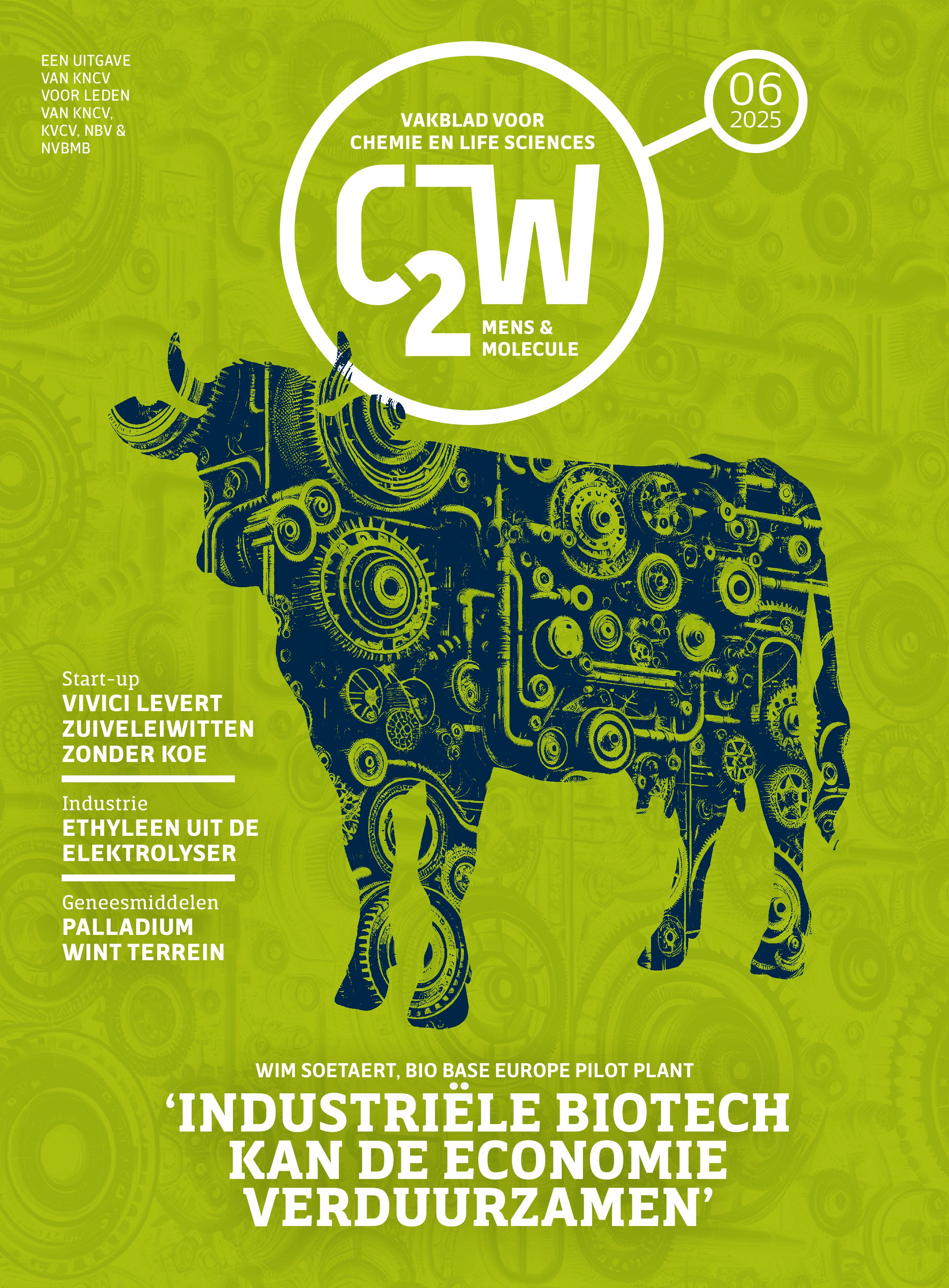Would you like to add an event to this list? Simply register your event using this form.
Numerical Modelling of Plastic Dispersal in Aquatic Environments

Category
Ph D Defense
Date
2025-10-31 17:00
Venue
KU Leuven, Arenbergkasteel, Aula Arenbergkasteel, 01.07 - Kasteelpark Arenberg 1
3001 Leuven, België
3001 Leuven, België
Promovendus/a: Nithin Achutha Shettigar
Promotor(en): Prof. dr. ir. Erik Toorman
Plastic pollution is one of the major environmental challenges of our time. Tiny plastic fragments - called microplastics (MP) - are now found everywhere: in rivers, estuaries, coastal zones and the open ocean. Scientists have collected many valuable field data showing the level of plastic pollution, but understanding exactly how they move, transform and settle over time is far more complex. Much like predicting the weather, simulating where MP travels in aquatic environments depends on many changing factors - currents, tides, winds, sediments and the properties of MP. Just as weather forecasts are never perfect but still useful, no model can capture every detail of the nature of MP transport. The aim is not to achieve perfect precision, but to gain useful insight into the processes driving MP pollution.Researchers rely on computer models that simulate how MP are transported by currents, settle to the seabed or rise toward the surface. However, most existing models were originally designed for natural particles like sand or silt, which behave far more uniformly. MP are far more diverse - they can be large or small, dense or light, fibrous or granular. This diversity makes them much harder to represent with traditional “one-size-fits-all” modelling approaches. This study adapts a novel modelling framework using Population Balance Equations (PBE), which can capture that diversity. Unlike conventional models that divide particles into a few discrete classes, the PBE approach treats their properties as a continuous spectrum. The approach allows the model to represent how key MP characteristics, such as size and settling or floating speed, evolve over time and space.
The research demonstrates that the PBE model performs as well as conventional models with limited computational time. In an idealized estuary, it reproduced the same size distributions and transport patterns as the standard discrete classes model. When applied to a real estuary, the model revealed how microplastics interact with local hydrodynamics and sediments. It showed that tidal motions cause MP to move back and forth, creating temporary mixing, while residual currents drive the net export of MP towards the sea. The simulations also revealed that MP tend to accumulate in zones where fine sediments (mud) gather, echoing patterns observed in natural fine sediment dynamics. The framework was also extended into three dimensions to simulate MP transport in the European Continental Shelf Sea, where both sinking and floating MP were modelled. Sinking MP were found to settle near the seabed and follow the pathways of residual currents, while floating MP formed surface plumes shaped by prevailing winds. Over longer timescales, the model suggests that deep-sea trenches act as long-term storage zones for MP, as in the case of fine sediments.
While this study focuses on advection, diffusion and settling processes, it does not yet include wave-driven drift or beaching, which play a significant role in nearshore areas. Burial processes and effects of marine benthic organisms are crucial in the long-term fate of MP. By embracing a continuous modelling approach, this study provides a powerful new tool for understanding the movement and fate of MP in natural waters. It bridges the gap between field observations, helping policymakers take informed decisions about managing and mitigating plastic pollution.
All Dates
- 2025-10-31 17:00
Powered by iCagenda

